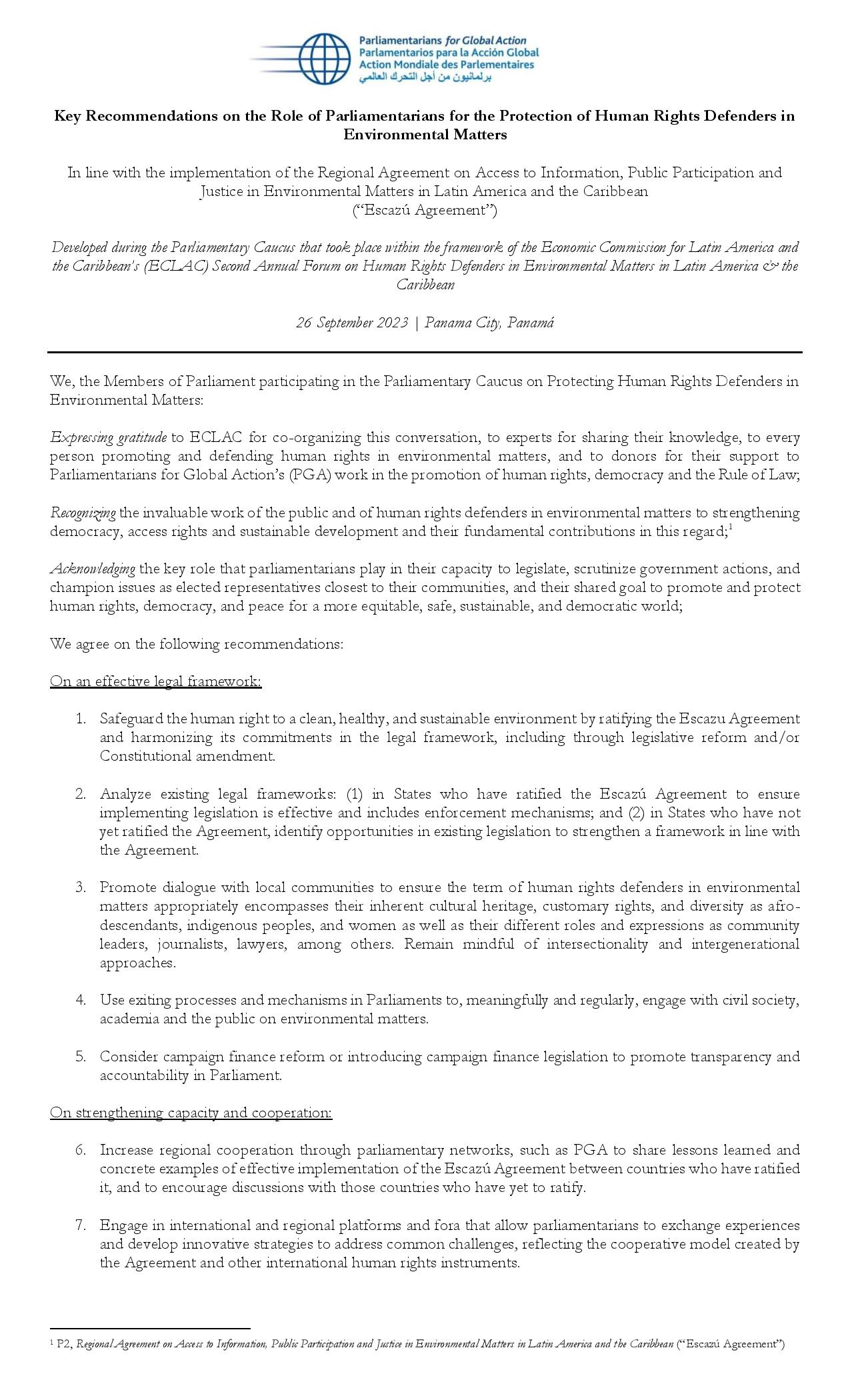What compels a person, someone we might know, someone we might even love, to commit the ultimate betrayal? The chilling truth is that the capacity for such devastation can lie hidden, masked by normalcy, until it erupts in an act of unimaginable violence.
The stories, etched in headlines and forever imprinted on the hearts of those left behind, offer a glimpse into the darkness that can consume individuals and shatter families. From the calculated manipulation of a brilliant engineer to the raw, desperate acts fueled by rage and resentment, the narratives are a stark reminder of the fragility of trust and the devastating consequences of domestic violence. These are not isolated incidents; they are a grim reflection of a societal issue that demands our attention and understanding.
In the aftermath of such tragedies, the families and loved ones are left grappling with the unyielding weight of grief, disbelief, and a desperate search for answers. The victims, robbed of their lives, become symbols of the violence that can erupt within the confines of a home. The perpetrators, once trusted partners or family members, are transformed into monsters, their actions forever staining the lives of those they have touched.
Consider the case of Mark Winger, a man who, beneath the guise of a brilliant engineer, hid a sinister secret. His story, as told by his victims and their families, lays bare the chilling reality of manipulation and deception. The facade he created, the carefully constructed persona, served to conceal the darkness that ultimately drove him to commit the unthinkable. For those who knew him, the realization that their perception of him was a carefully crafted illusion must have been a blow.
The case of Mary Catherine Gingles, a Florida mother who was allegedly killed by her estranged husband, Nathan Gingles, is another tragic example. Her prescient warning, shared with others before her death, paints a picture of a man consumed by rage and control. The details of the case, as they emerge, offer a disturbing look into the dynamics of domestic violence and the escalating threat that can precede a fatal act. Sadly, the situation of Ms. Gingles is not an isolated event in America.
The statistics are staggering. The Bureau of Justice Statistics tells us that around 34% of the women killed in the U.S. in 2021 died at the hands of an intimate partner. The numbers highlight a reality, where the home, the sanctuary, has also become the most dangerous place for some. Jealousy, revenge, and resentment are often cited as underlying motives. The motivations are often complex and intertwined, fueled by a toxic mix of emotional instability, a sense of entitlement, and a complete disregard for human life.
The courtroom becomes a stage for the unfolding drama, a place where the families and loved ones of the victims deliver the impact statements. These powerful testimonies bear witness to the pain and the devastation that has ripped through their lives. The raw emotions, the tears, the shared memories of the loved ones lost, are a testament to the enduring human spirit and the long and difficult road to healing.
The cases that appear in the news, which reveal acts of intimate partner homicide, provide a window into the dark side of relationships. There is an ever-growing body of research seeking to understand the factors that drive people to commit such atrocities. Such research aims to analyze the profiles of offenders and the dynamics that lead to violence, seeking to understand the origins and patterns that might help the authorities to prevent the incidents.
The murders that are taking place are not exclusively a male issue. The stories of Gregg Scott, who took his own life after killing his wife and son, or of Biggins, charged with first-degree murder for the death of her husband, illustrate the fact that violence can find its way into any relationship. There is no single profile of a killer. The motivations vary, and so does the manner of the crime. The tragic stories are a reminder that the complexities of human relationships, the hidden vulnerabilities, and the potential for violence should never be underestimated.
The stories are not mere statistics. They are the lived experiences of real people whose lives have been irrevocably altered by violence. Their stories underscore the urgency of addressing the root causes of domestic violence. It is essential to provide help and support to victims, and also to help those who may be capable of violence. It is essential to look for the warning signs and to intervene before it is too late.
The cases and the experiences mentioned show that domestic violence and the potential for homicide are issues that demand our undivided attention. Through the stories, we can learn a lot about the reality of the human condition. These events are a reminder that we all can and must do a better job of ensuring the safety and well-being of those we love.
| Category | Details |
|---|---|
| Name | Mark Winger, Mary Catherine Gingles, Gregg Scott, Biggins, Nathan Gingles, Kenneth 'Davis' McClendon, Kimberly Dunphey, Owen Scott, William 'Bud' Ackerman |
| Known For | Perpetrators and Victims of Domestic Violence, and/or involved in related legal proceedings. |
| Victims | Donnah, Mary Catherine Gingles, Kimberly Dunphey, Owen Scott, Kenneth 'Davis' McClendon, and others as mentioned in article. |
| Legal Status/Outcome | Varies; includes cases of murder, suicide, pending charges, and convictions. |
| Associated Issues | Domestic Violence, Homicide, Emotional Instability, Jealousy, Revenge, Resentment, Intimate Partner Violence |
| Related Resources | Law & Crime |



